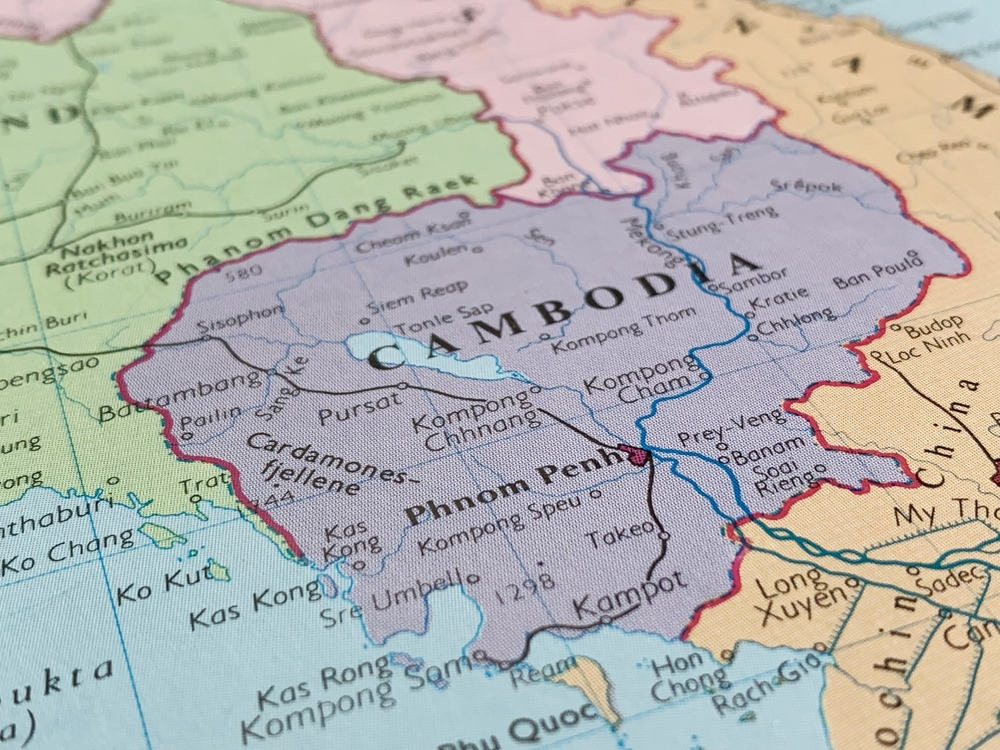Rich in creative legacy, history, and culture, Cambodia is From the delicate silk weaving handed down through generations to the beautiful carvings of Angkor Wat, the ancient arts and handicaps of the nation are evidence of the inventiveness and fortitude of its people. Examining its traditional customs and bringing home real mementos is a great approach for visitors looking for a closer link to Cambodia to help local businesses and take a bit of Cambodian culture with them.
The Art of Cambodian Silk Weaving
For millennia, Cambodian people have woven silk using techniques and designs meticulously maintained by talented artists. Often depicting themes inspired by nature, mythology, and the nation’s rich history, Cambodian silk is renowned for its great quality and original designs.
The Artisans Angkor factory in Siem Reap is among the top sites for personally witnessing silk weaving. Visitors can purchase exquisite silk scarves, shawls, and clothes here, observe craftspeople at work, and learn about the complex dying technique. For a more authentic experience, see traditional wooden looms by visiting Koh Dach, sometimes known as Silk Island, close to Phnom Penh. Many island families have been spinning silk for decades; buying straight from them helps to preserve this age-old craft.
Stone and Wood Carvings: A Legacy of Angkor
From the Angkor period, when artists created the great bas-reliefs and sculptures still found in the temples today, Cambodia’s renown for stone and wood carving dates back. With many talented carvers still creating breathtaking copies of old Khmer monuments and complex wooden sculptures, this art form is still a major component of the nation’s legacy.
The seminars at Artisans Angkor and the Angkor Handicraft Association in Siem Reap allow guests to view ongoing stone and wood carving. These groups seek to preserve the craft by teaching young Cambodians ancient methods. For those wishing to bring a bit of Cambodia’s creative legacy home, finely carved Buddha sculptures, apsara dancers, and ornamental wooden panels are thoughtful keepsakes.
Silverware and Metalwork: A Symbol of Cambodian Elegance
Silver-making has been used for a long time and is connected with Cambodian royalty and religious customs. From delicate jewelry to elaborate betel nut baskets, Khmer silverwork exhibits a degree of classic and sophisticated artistry.
With many booths offering handcrafted bracelets, earrings, and decorative pieces, Phnom Penh’s Central Market and Russian Market are great venues to locate real silverware. Kampong Luong, a floating village on Tonle Sap Lake, is also quite interesting for those fascinated by silver artistry. Local artists craft exquisite silver bowls and jewelry using methods handed down through the years.
Cambodian Pottery: A Revival of Ancient Traditions
For thousands of years, pottery has been a staple of Cambodian life; evidence of past ceramic manufacture can be discovered at sites all around the nation. Although the craft suffered under the Khmer Rouge, efforts to bring back traditional pottery techniques have been successful—especially in Kampong Chhnang province, which is known for its ceramics.
Learn about this age-old trade at the Siem Reap Ceramics & Fine Arts Center. Visitors can join a pottery workshop to design their Khmer-inspired pieces or watch artists create beautiful pots, vases, and ornamental objects from clay. Buying handcrafted ceramics straight from artists supports the resurgence of this almost forgotten artistic medium.
Traditional Cambodian Textiles: A Celebration of Color and Heritage
Beyond silk, especially among indigenous people in the northern districts of Ratanakiri and Mondulkiri, Cambodia boasts a rich history of cotton weaving and natural dying. Made for anything from sun protection to carrying goods, the krama, a classic Cambodian scarf, is among the most identifiable textile products.
Handwoven textiles, often created with environmentally friendly and sustainable methods, abound in Phnom Penh’s Fair Trade Village and Siem Reap’s Made in Cambodia Market. These fairs give local artists a stage to promote their creations fairly, preserving their abilities and cultural legacy.
Where to Find the Best Handicrafts in Cambodia
Several markets and artisan villages provide a real shopping experience for people who wish to discover Cambodia’s traditional arts and crafts. Two must-see locations for premium, locally produced goods are Siem Reap’s Old Market and Made in Cambodia Market. Along with offering exquisite, handcrafted goods, the Artisans Angkor workshop trains upcoming artists to help maintain ancient talents.
While the Central Market provides a more ordered shopping experience with a large range of locally made goods, the Russian Market in Phnom Penh is a treasure store of handicaps, silver jewelry, and linens. The Fair Trade Village in Phnom Penh is an ethical place to buy, which guarantees artists get paid for their labor.
The Phare Ponleu Selpak social enterprise is a wonderful stop for anyone heading to Battambang. This art school and studio help young Cambodian artists by selling distinctive handmade paintings, sculptures, and textiles that combine traditional and modern styles.
Bringing a Piece of Cambodia Home
Discovering Cambodia’s traditional arts and handicrafts is more than simply shopping; it’s about appreciating the nation’s rich cultural legacy and helping the artists who preserve these customs live. Every object—from a handwoven silk scarf to a finely carved wooden statue to a piece of Khmer pottery tells a tale of artistic passion, artistry, and resiliency.
Travelers help promote sustainable tourism by selecting real, handcrafted gifts, ensuring the survival of these ancient skills. A trip to Cambodia is incomplete without engaging oneself in its artistic soul. Therefore, bringing a handcrafted item home is the ideal approach to treasure the memories of this lovely and culturally rich nation.
Also Read: Exploring Cambodia’s Waterfalls: Hidden Natural Wonders



